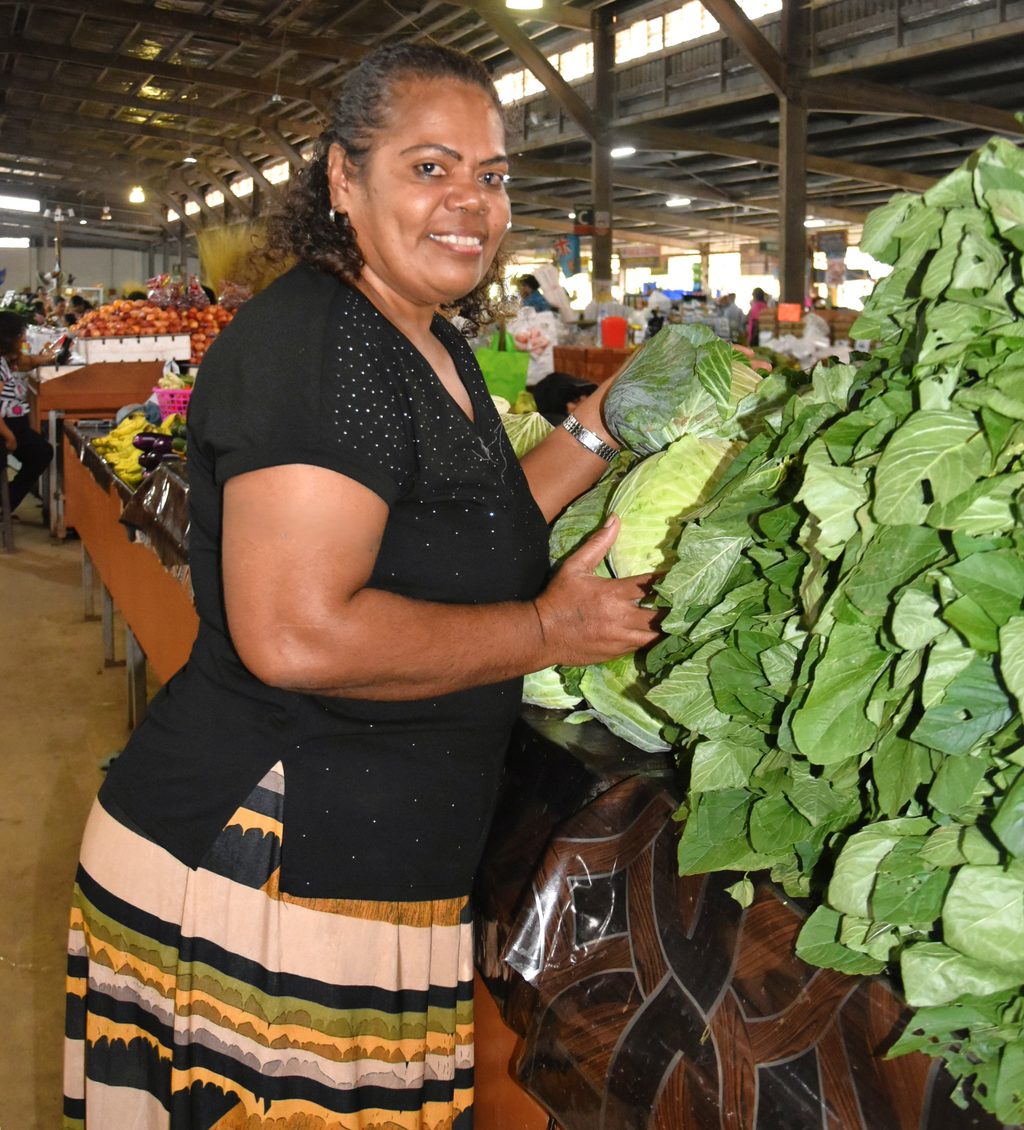New Zealand Fur Seals at Burrewarra Point. The seal at the top holds its head vertically, typical of the species. Photos: Richard Jeremy.
While I know the South Coast isn’t technically part of the ACT, I also know for many Canberrans it’s definitely part of our extended backyard. So this month I’m looking a little further afield.
Fur seals are usually just called seals here, but those ‘true’ seals are mostly found in polar waters. Occasionally, a wandering elephant seal or leopard seal will awkwardly haul itself ashore on southern Australian coasts but most of us never get to meet them. Australia has only the three species of ‘eared’ seals, two fur seals and a sea lion, which are only distantly related to the ‘true seals’.
On the NSW South Coast we can readily encounter the two species of fur seals, which are not easy to distinguish. The Australian Fur Seal (AFS) is generally found south from Jervis Bay; fur seals north of that are likely to be the New Zealand Fur Seal (NZFS), which seems to be expanding its range.
Recently we saw one sunning itself on the steps just below the Sydney Opera House. And a comment on the names. We now know the AFS is the same species as that in South Africa and the NZFS obviously lives both sides of the Tasman so more useful names are being adopted. But for now we’ll stick to what is familiar.

A New Zealand Fur Seal among the rocks in Murramarang NP. The joined flippers make it quite agile on land.
Winter’s the best time to see them at the coast, as both species breed on islands in Bass Strait and off southern Tasmania in summer. While the details vary between the species, the general pattern is that dominant males set up small territories in early summer, the females arrive already pregnant (I’ll explain!) and give birth almost straight away.
About a week later she mates again with the nearest male, but the embryonic development is put on ‘pause’ for four months, after which she is actively pregnant for another eight before it all starts again. She and the pup stay at the breeding colony for the next 10 months, but the exhausted breeding males leave to swim north – they haven’t fed for weeks because they can’t afford to leave the territory unguarded.
The fur seals we can see around any secluded headland on the South Coast, or in any harbour, are mostly younger animals – females don’t breed until they’re about five years old and males aren’t big enough to hold a territory until they’re 10.
They’re joined in autumn by the big territorial males, though these can rarely survive the violent and exhausting demands of defending the breeding territory for more than two seasons. After that they are displaced by younger fresher rivals and if they’re lucky, ‘retire’ for perhaps another, more peaceful, decade. Only about 10 per cent of males get to breed though.
At the colony, the female begins to leave the pup for days at a time while she fishes at sea to maintain the increasing needs of a growing baby. Fur seals will forage far out to sea, diving as deeply as 200 metres to hunt fish, squid, lobsters and even birds, particularly penguins and shearwaters. (In northern Chile I once saw a huge old male South American Fur Seal suddenly seize an apparently annoying pelican and disappear underwater with it. The pelican wasn’t seen again.)

New Zealand Fur Seals ‘wave’ their flippers to avoid overheating from their excellent insulation.
Male fur seals can be huge – an old AFS can be two metres long and weigh 350 kg. Females are only about a third of this weight. Both species sit with upright necks but whereas the AFS holds its head parallel to the ground, the head of the NZFS is likely to be held vertically.
While the Australian swaggers along on land, alternating flippers, the NZFS is more likely to bound along, both front flippers together. The AFS is more likely to rest ashore on rock platforms while the NZFS is generally found among tumbled boulders.
But it’s not always easy to distinguish them, especially in the water. The key site for both species to come ashore is Montague Island off Narooma.
While in the water it is common to see them ‘waving’ their flippers in the air. Apparently this is a mechanism for keeping cool; their insulation is so good they can overheat from the exertion of swimming even in cool water.
Fur seals have suffered badly from our arrival. By the 1830s virtually all of the vast Bass Strait breeding colonies had been wiped out for skins and oil, as had all NSW coastal breeding colonies.
The former are recovering and overall numbers began to rise again from about 1980, though the population is still fewer than half of what it was. But the fur seals are again a rewarding part of any visit to the coast, if you look for them.






